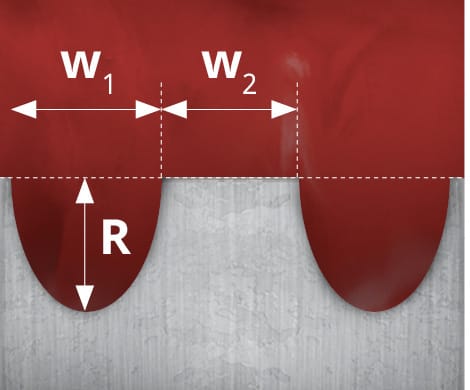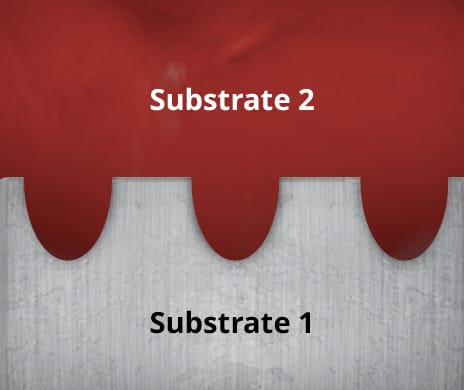4.1 Mechanical Interlocking Theory
The mechanical interlocking theory states that the adhesion between the adhesive and the substrate is the result of the penetration of the adhesive product through the irregularities or pores that the substrate may have. The surfaces are bonded to each other by the locking effect of liquid flowing into the undercuts and the additional surface area created by the irregularities and then solidifying. Increasing the surface roughness to add more cavities can increase this effect.



4.1.1 Electrostatic Adhesion Theory
The electrostatic adhesion theory states that adhesion is a result of the electrostatic forces between the adhesive product and the material to be bonded, where electrons are transferred, forming an electrical double layer that creates attraction.

